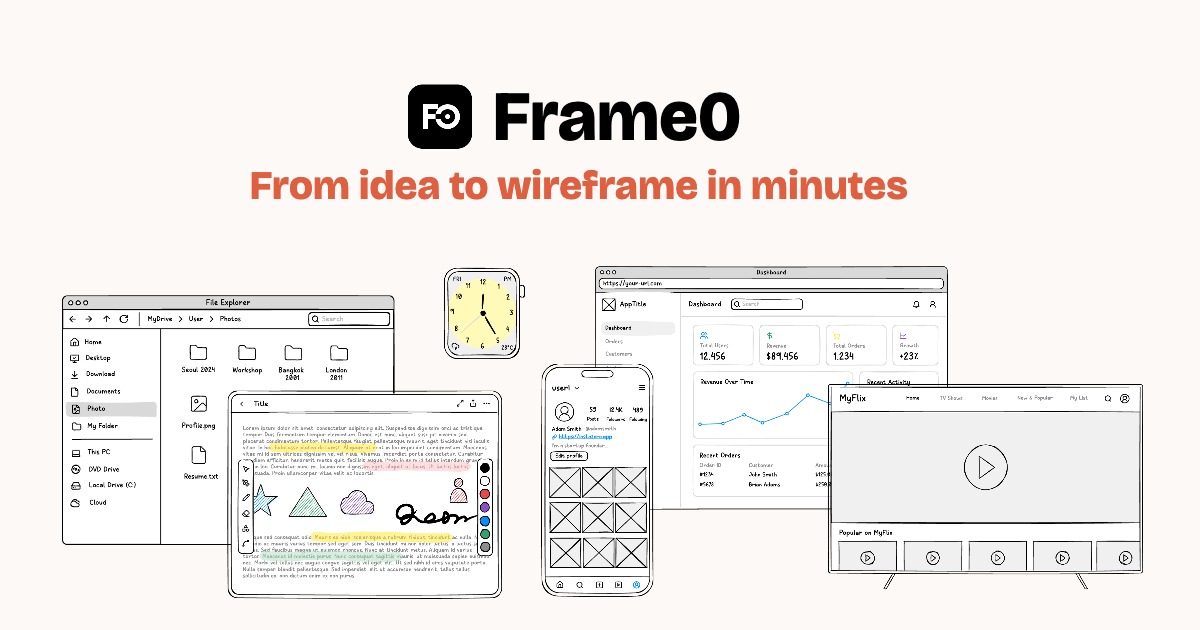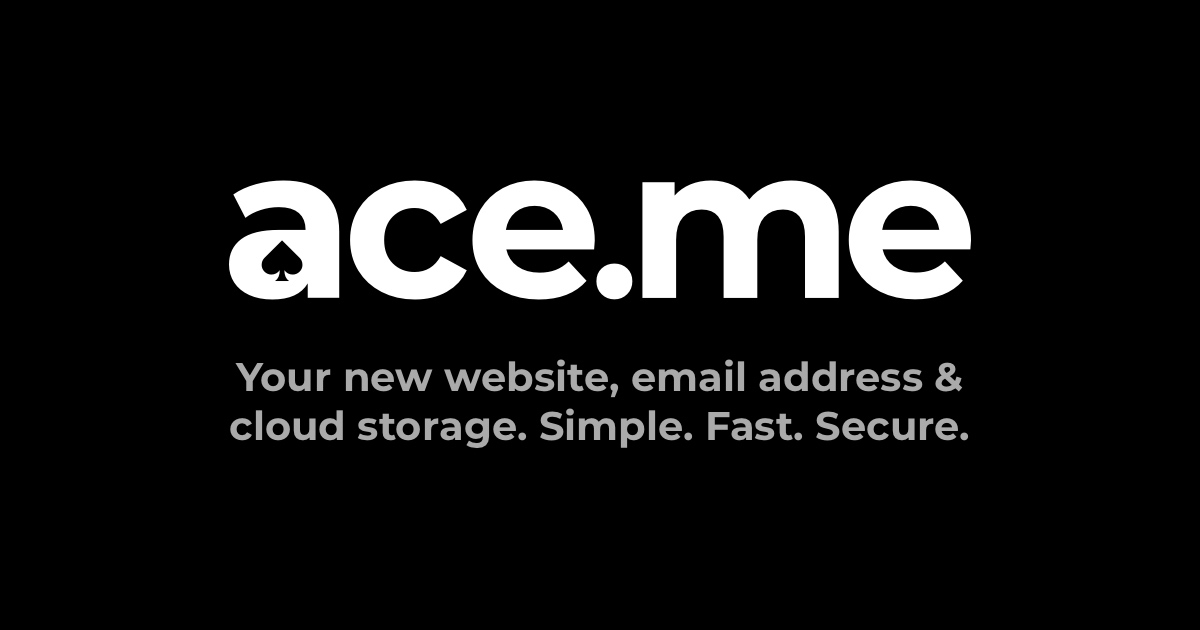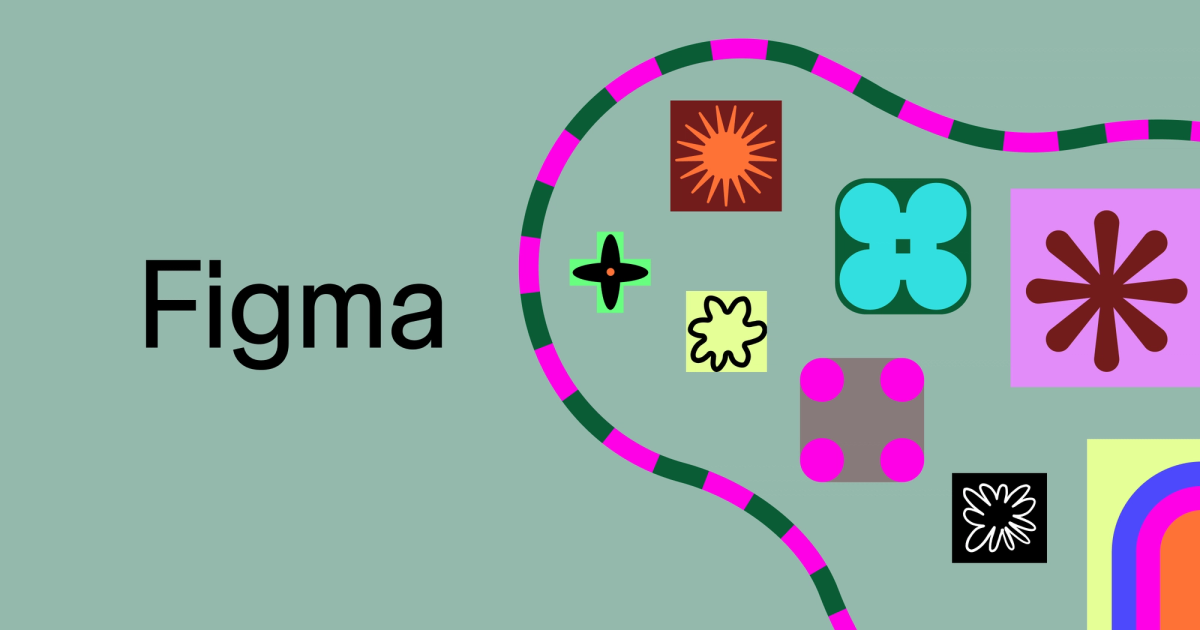IntroductionFigma is a leading collaborative design and development platform that empowers teams to build exceptional products together. It serves a wide range of users, from individual designers to large enterprises, by centralizing design, prototyping, and development workflows.Key FeaturesDesign and prototype in one shared file, fostering real-time collaboration.Dev Mode: A dedicated space for developers to translate designs into code efficiently.FigJam: A versatile digital whiteboard for brainstorming, team meetings, and strategic planning.AI-powered features: Generate simple UI, create realistic prototypes, and prompt to code anything imaginable (Figma MakeBeta).Auto Layout: Create responsive designs that automatically adjust to different screen sizes.Scale edits instantly: Batch edit multiple frames simultaneously, saving time and effort.Use CasesFigma is highly beneficial for various design and development scenarios. For design teams, it streamlines the creation of design systems, facilitates rapid prototyping, and enhances UX and web design processes. Its real-time collaboration features make it ideal for wireframing and iterating on ideas quickly.Beyond design, Figma extends its utility to broader team collaboration. FigJam serves as an excellent online whiteboard for brainstorming sessions, team meetings, and strategic planning. It supports product development and web development workflows, ensuring seamless design handoff between designers and engineers. Agile teams can leverage Figma for efficient product iteration and alignment.Pricing InformationFigma operates on a freemium model, allowing users to get started for free. For more advanced features and team collaboration, it offers paid plans including Professional, Organization, and Enterprise tiers. Specific pricing details are available upon contacting sales.User Experience and SupportFigma is renowned for its intuitive user interface and ease of use, enabling users to explore ideas freely and iterate quickly. The platform promotes seamless collaboration with features like in-file audio, chat, and comments, ensuring everyone stays aligned. Comprehensive learning resources, including beginner tutorials, best practices guides, webinars, and a dedicated help center, are available to support users.Technical DetailsWhile the specific underlying programming languages and frameworks for Figma's core platform are not detailed, the tool is designed to bridge the gap between design and development. Features like Dev Mode and Figma Make (Beta) emphasize its capability to translate designs into code and even generate code from prompts, indicating a strong focus on modern web development and AI integration.Pros and ConsPros:Real-time, multi-user collaboration in a single file.Comprehensive suite of design, prototyping, and whiteboard tools.Strong support for design systems and developer handoff.AI-powered features for enhanced efficiency and creativity.Accessible via web, desktop, and mobile.Cons:Potential learning curve for beginners due to its extensive feature set.Requires an internet connection for full collaborative functionality.Advanced features may require a paid subscription.ConclusionFigma stands out as an indispensable tool for modern product teams, fostering collaboration and efficiency across the entire design and development lifecycle. Its robust feature set, coupled with a focus on seamless teamwork, makes it a powerful choice for building great products faster. Explore Figma today to transform your team's workflow.



